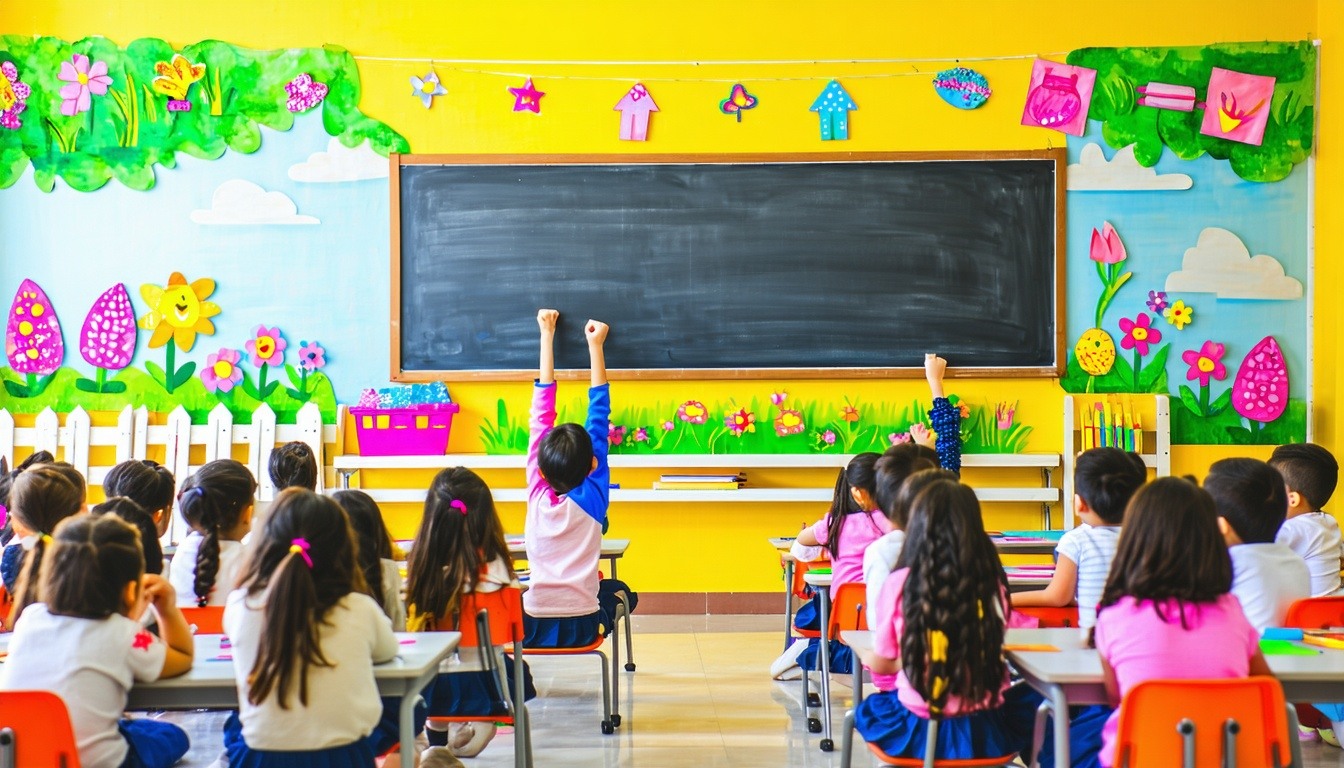
As spring break approaches, maintaining classroom control can feel like a herculean task. Survive the 'spring fever' with these expert classroom management tips that will keep your students engaged and your sanity intact.
Recognize the Symptoms of Spring Fever
As the weather warms up and spring break looms on the horizon, students often exhibit signs of restlessness, lack of focus, and increased chatter. Recognizing these symptoms early is crucial for implementing effective classroom management strategies.
Spring fever can manifest in various ways, including daydreaming, increased socializing, and a general decline in academic performance. By identifying these behaviors, teachers can proactively address them and maintain a conducive learning environment.
Engage Students with Interactive Lessons
To combat the effects of spring fever, consider incorporating more interactive lessons into your curriculum. Hands-on activities, group projects, and technology-based learning can capture students' attention and keep them engaged.
Interactive lessons not only make learning more enjoyable but also encourage collaboration and critical thinking. By varying your teaching methods, you can cater to different learning styles and keep the classroom dynamic and exciting.
Incorporate Physical Activity to Channel Energy
With an increase in energy levels, students may find it challenging to sit still for extended periods. Incorporating physical activities, such as short movement breaks, stretching exercises, or outdoor lessons, can help channel this energy productively.
Physical activity not only improves students' focus and mood but also promotes overall well-being. By integrating movement into your daily routine, you can create a more balanced and engaging classroom environment.
Set Clear Expectations and Consistent Routines
During times of high energy and excitement, maintaining clear expectations and consistent routines is essential. Establishing a structured environment helps students understand what is expected of them and reduces disruptions.
Regularly review classroom rules and procedures, and ensure that students are aware of the consequences of their actions. Consistency in enforcing these rules will help maintain order and create a sense of stability for your students.
Use Positive Reinforcement to Motivate Students
Positive reinforcement is a powerful tool for motivating students, especially during challenging times like the lead-up to spring break. Recognize and reward good behavior and academic achievements to encourage continued effort and engagement.
Whether it's through verbal praise, a points system, or small rewards, acknowledging your students' hard work can boost their morale and foster a positive classroom atmosphere. Celebrating successes, no matter how small, can make a significant difference in maintaining motivation.



